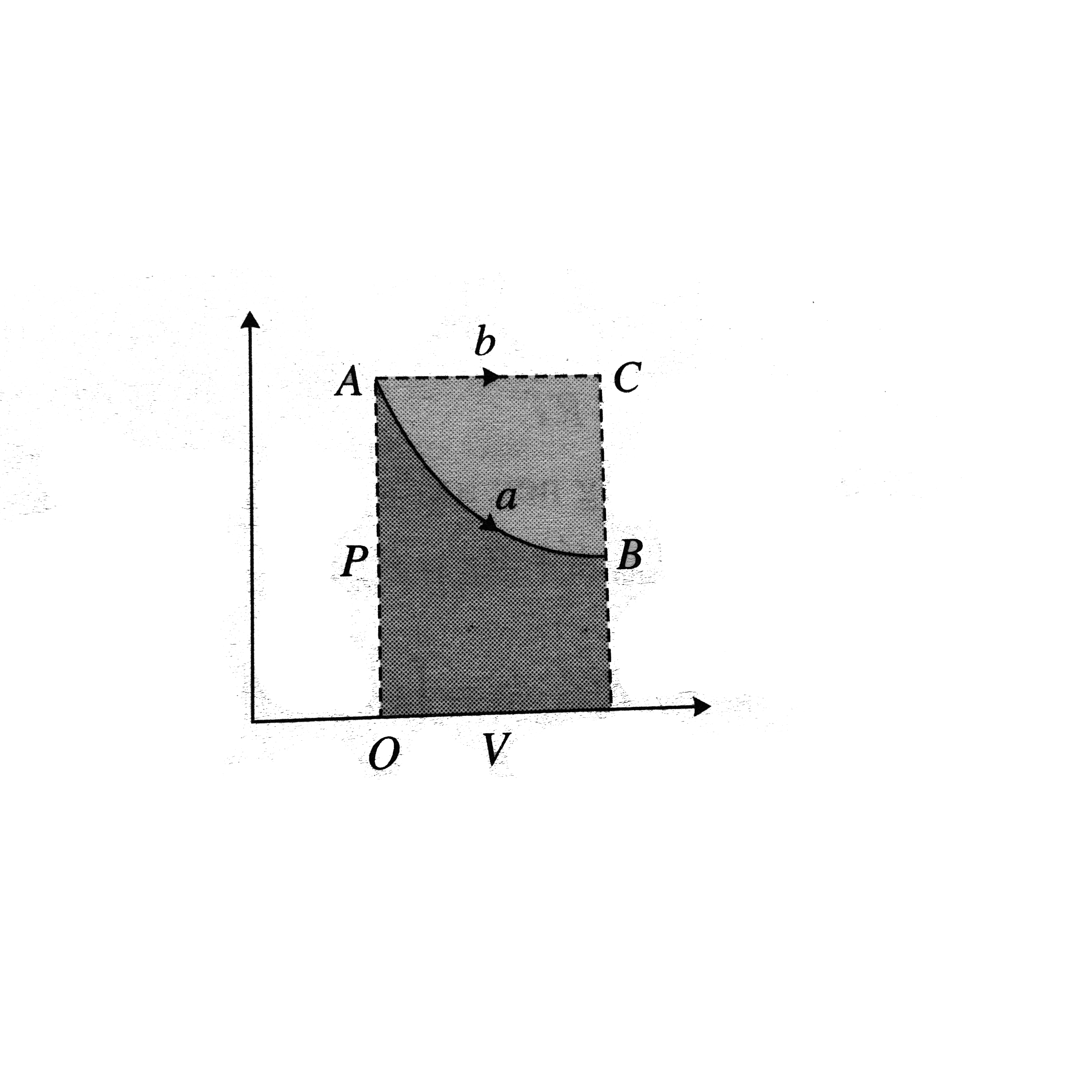Write down the relation connecting the pressure and temperature of a gas if volume is kept constant.
To derive the relation connecting pressure and temperature of a gas at constant volume, we will start from the ideal gas equation and manipulate it accordingly.
1. Start with the Ideal Gas Law:
The ideal gas equation is given by:
PV=nRT
where:
- P = pressure of the gas
- V = volume of the gas
- n = number of moles of the gas
- R = universal gas constant
- T = absolute temperature of the gas
2. Rearrange the Equation:
To find the relationship between pressure and temperature, we can rearrange the ideal gas equation to solve for pressure P:
P=nRTV
3. Consider Constant Volume:
Since the problem states that the volume V is kept constant, we can denote V as a constant value. Additionally, n (number of moles) and R (universal gas constant) are also constants for a given amount of gas.
4. Define a New Constant:
Because V, n, and R are constants, we can combine them into a single constant k:
k=nRV
Thus, we can rewrite the pressure equation as:
P=kT
5. Establish the Relationship:
From the equation P=kT, we can conclude that pressure P is directly proportional to temperature T when the volume is held constant:
P∝T(at constant volume)
Final Relation:
The final relation connecting pressure and temperature at constant volume is:
P=kT
where k is a constant.
The ideal gas equation is given by:
PV=nRT
where:
- P = pressure of the gas
- V = volume of the gas
- n = number of moles of the gas
- R = universal gas constant
- T = absolute temperature of the gas
To find the relationship between pressure and temperature, we can rearrange the ideal gas equation to solve for pressure P:
P=nRTV
Since the problem states that the volume V is kept constant, we can denote V as a constant value. Additionally, n (number of moles) and R (universal gas constant) are also constants for a given amount of gas.
Because V, n, and R are constants, we can combine them into a single constant k:
k=nRV
Thus, we can rewrite the pressure equation as:
P=kT
From the equation P=kT, we can conclude that pressure P is directly proportional to temperature T when the volume is held constant:
P∝T(at constant volume)
The final relation connecting pressure and temperature at constant volume is:
P=kT
where k is a constant.
Topper's Solved these Questions
- PROPERTIES OF MATTERBOOK - ICSECHAPTER - PROPERTIES OF MATTEREXERCISE - MODULE 3 (KINETIC THEORY OF GASES ) VERY SHORT ANSWER QUESTIONS
11 Videos
- PROPERTIES OF MATTERBOOK - ICSECHAPTER - PROPERTIES OF MATTEREXERCISE - MODULE 3 (KINETIC THEORY OF GASES ) FROM GAS LAW AND EQUATION OF STATE
12 Videos
- PROPERTIES OF MATTERBOOK - ICSECHAPTER - PROPERTIES OF MATTEREXERCISE - MODULE 3 (KINETIC THEORY OF GASES ) LONG ANSWER QUESTIONS
9 Videos
- OSCILLATIONS BOOK - ICSECHAPTER - OSCILLATIONS EXERCISE - SELECTED PROBLEMS (OSCILLATION IN A TUNNEL BORED THROUGH THE EARTH)
2 Videos
- SAMPLE QUESTION PAPER - 01 BOOK - ICSECHAPTER - SAMPLE QUESTION PAPER - 01 EXERCISE - SECTION - D
12 Videos
Similar Questions
Knowledge Check
What is the effect on the pressure of a gas if its temperature is increased at constant volume ?
AThe pressure of the gas increases.BThe pressure of the gas decreases .CThe pressure of the gas remains same .DThe pressure of the gas becomes half.
Kinetic energy and pressure of a gas of unit volume are related as:
View SolutionKinetic energy and pressure of a gas of unit volume are related as:
View SolutionAt a given volume and temperature the pressure of a gas
View SolutionThe raise in the temperature of a given mass of an ideal gas at constant pressure and at temperature 27∘ to double its volume is
View SolutionWrite the relation between pressure and volume for an adiabatic change in an ideal gas.
View SolutionA quantity of gas occupies an initial volume V0 at pressure p0 and temperature T0. It expands to a volume V (a) constant temperature and (b) constant pressure. In which case does the gas do more work ?

View SolutionFor an ideal gas, the heat of reaction at constant pressure and constant volume are related as
View Solution
